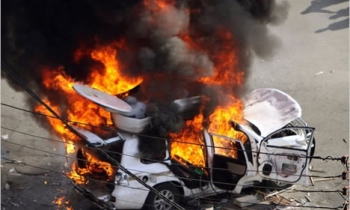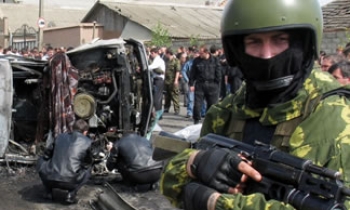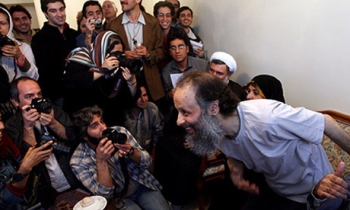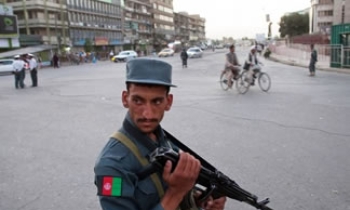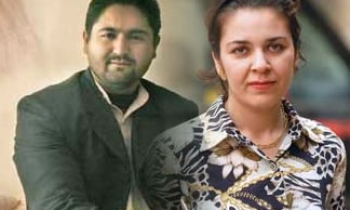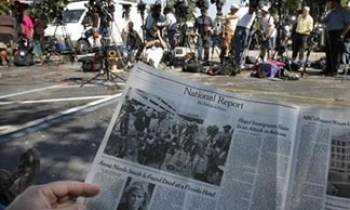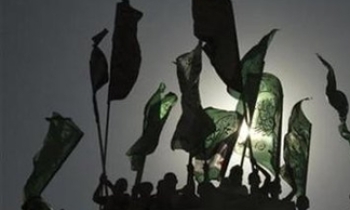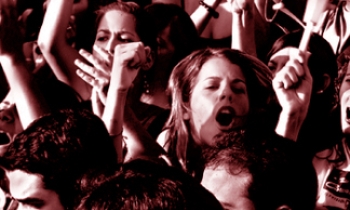Physical attacks against journalists have been the most common form of press freedom violations in Palestinian areas, according to a recent report. On many occasions, reporters and cameramen have been exposed to teargas and arrested.
A report on press freedom in the Palestinian territories between January 1 and September 30 this year by the Palestine Partners Centre for Media Development has found that Israeli occupation has been second in terms of sources of threat to press freedom. Out of 140 cases of violence against journalists registered by the organisation, 92 were by Palestinian aggressors.
Three journalists were killed another three abducted during the peridod. More than 100 cases of attacks on journalists are reported till date. The mass media has been attacked 63 times.
Any critical comment against armed groups leads to various acts of violence towards the journalists. Suleiman Abdel Rahman Al Ashi, editor of the economic affairs page of a Palestine newspaper was murdered. Mohammad Matar Abdo of the same newspaper was seriously wounded. He later succumbed to his injuries.
Another journalist, Esam Mohammad Juju of the Palestine Mubasher news website was killed by a Palestinian armed group. He was grabbed out of his car and was shot while he was on an assignment to cover internal fighting in central Gaza. He died on the spot.

Out of 48 cases of Israeli aggression, two had caused permanent disabilities to two journalists. Emad Ghanem was attacked and his legs had to be cut off. A reporter from Fadi Al Arouri newspaper had to undergo nephroctomy.
A more shocking fact remains that the journalists killed have been victims of Palestinian violence. No journalist has been reportedly killed during Israeli aggressions so far. In fact, the eight cases of threatening and three cases of abduction came from Palestinian aggressors.
Apart from threats and arrests, there have been numerous occasions when confiscation and filming ban was also enforced. In February, the press was restricted from covering the Israeli military campaign against Nablus city. Tear gas bombs and smoke bombs were thrown at cameramen. In the same month, the press was again not allowed to cover another aggression in the premises of ministry of agriculture and the campus of Islamic university in Gaza city by members of Palestinian security forces.
As statistics say, there have been 11 cases so far when filming ban was enforced, out of which eight aggressions were by Palestinian groups.

Attacks on foreign correspondents are not new in Palestine. On the first day of the year 2007, Peruvian journalist Khaymi Rasouri was abducted. The 50-year-old reporter with Agency France-Presse (AFP) was abducted from the agency’s headquarters at Al Rimal quarter in Central Gaza. He was later released on January 7. In August, two Fox News journalists were abducted and held for two weeks before being released.
In March BBC reporter Alan Johnston was abducted by fighters of the Dughmush family in Gaza. He was released after spending 114 days in an underground room.
The West Bank, Gaza Strip, and East Jerusalem have always been the subject of contentious legal, ethical and political dispute between Israelis and Palestinians. The Gaza Strip and West Bank have been particularly notorious when it comes to press freedom violations. The West Bank reported more cases during the period of the study. Statistics say that 52 cases of violence against the news media have already been registered and 16 journalists were arrested under various cases in the West Bank in comparison to 39 cases of attacks and eight cases of arrests in the Gaza Strip.
June was the most violent month with 36 cases of aggression. Again, 30 were committed by Palestinian armed groups. The West Bank suffered the most during the month with 20 incidents. March was relatively peaceful with total four cases registered. Palestinian attacks were prominent in the Gaza Strip whereas Israeli attacks shed blood more in the West Bank.
According to the report, 2007 has also been a year of fierce media wars between the Fatah movement on one hand and Hamas on the other. During one of the armed clashes between armed groups of Hamas and Fatah in Gaza City, many journalists were held. The clash took place in the buildings where offices of prominent national and local channels are located.

